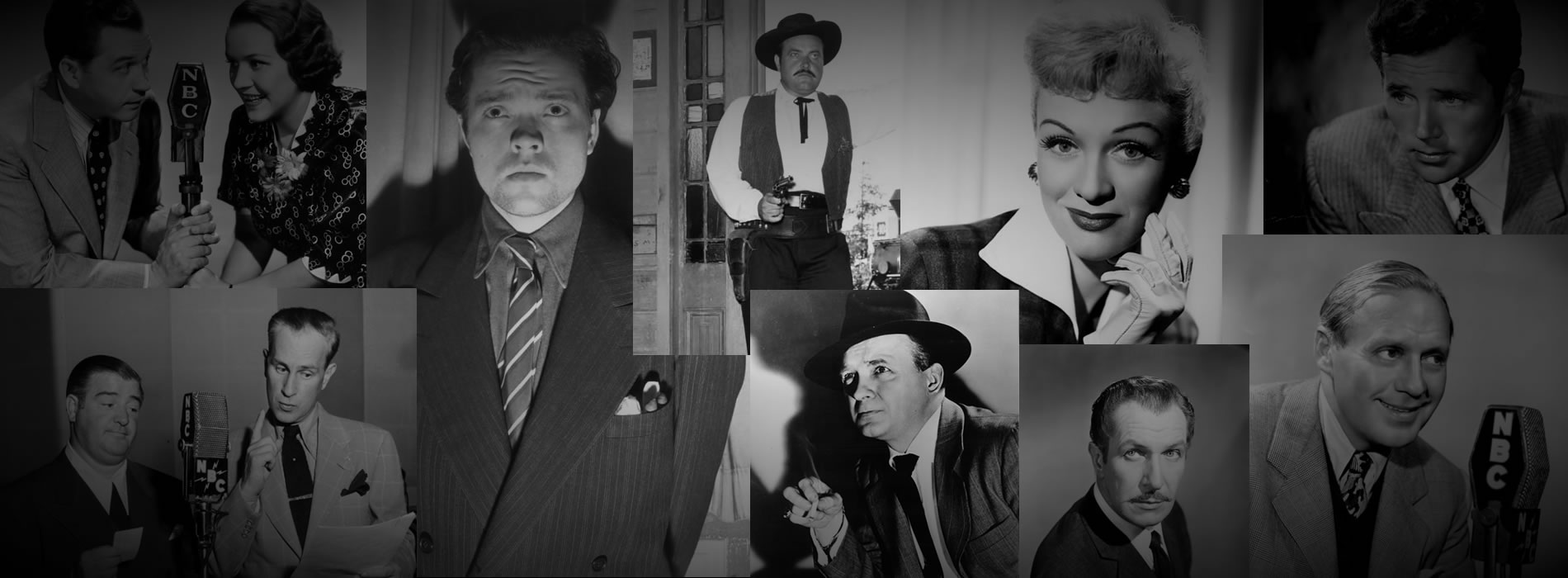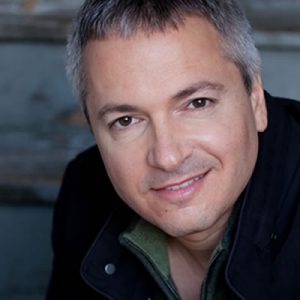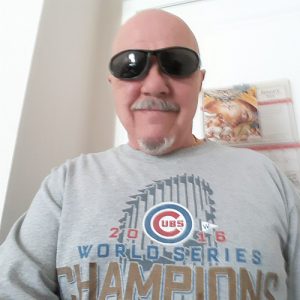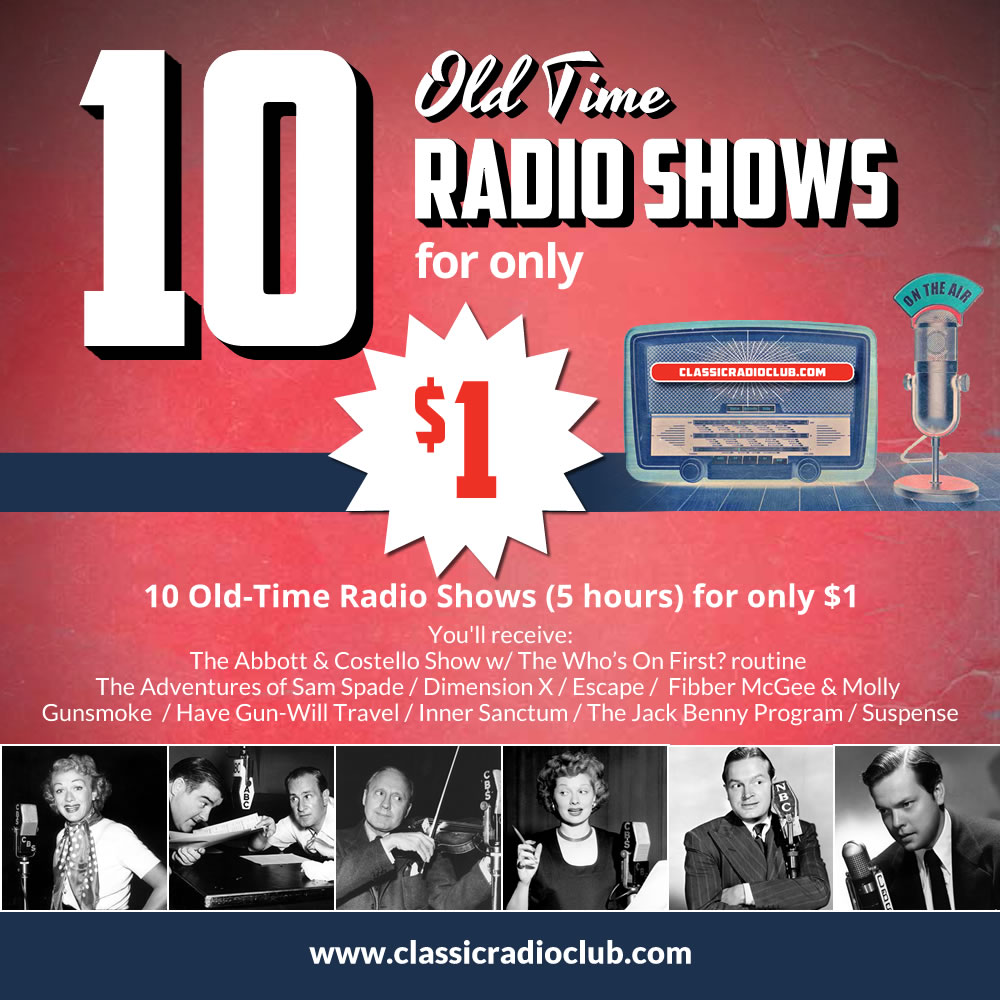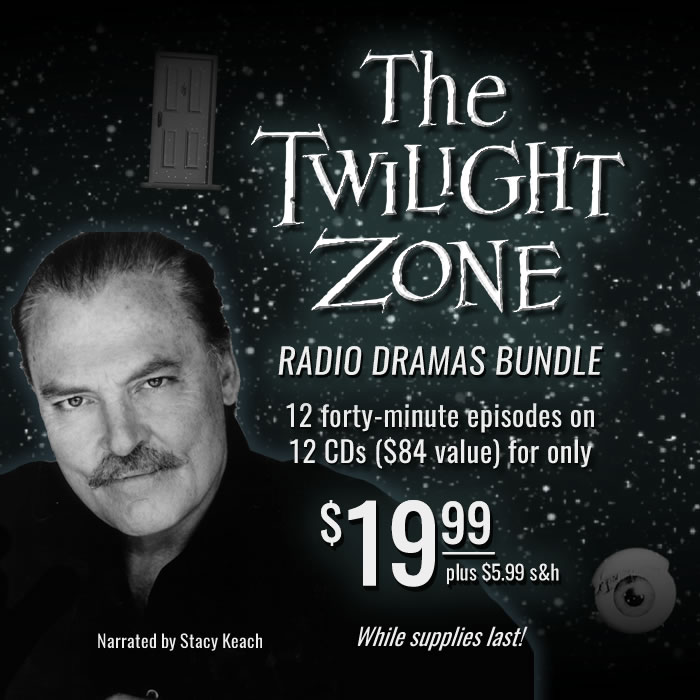
NEWSLETTER | VOL. 1 MAY 2021
Welcome to this month’s edition of The Hollywood 360 Newsletter, your place to get all the news on upcoming shows, schedule and interesting facts from your H360 team!
Carl’s Corner
by Carl Amari
Hello everyone and welcome to the very first issue of the Hollywood 360 newsletter, May 2021 Vol. 1. On the first day of each month, you’ll receive the most current newsletter via email. If you don’t receive it by the second day of the month, check your spam folder as they often end up there. If it is not in your regular email box or in your spam folder, contact me at carlpamari@gmail.com and I’ll forward you a copy. If you’d like to sign up a friend to receive this free monthly newsletter, just use the bar at the top of this page to sign up. You’ll notice that we include a schedule of all the classic radio shows we’ll present on Hollywood 360 each month. I’ll write an article on one of the classic radio series that we’ve scheduled to air and include a photo. The week of May 29th, 2021 we’ll be airing an episode of Boston Blackie, so here’s my article on this great detective series and a photo …
BOSTON BLACKIE
The fictional character of Horatio “Boston Blackie” Black, was a young, handsome, well educated, gentleman who loved his fellow man but was also a hardened criminal and safecracker who served time in a California prison. Rehabilitated, he decided to use his knowledge of the underworld to fight crime as an amateur detective. Boston Blackie was created by former newspaperman Jack Boyle in a series of short stories that appeared in a number of magazines beginning in 1914. The stories were compiled for Boyle’s only published book, simply titled “Boston Blackie,” in 1919. Blackie’s real name, Horatio Black, was never revealed in the stories written by Jack Boyle. It wasn’t until the 1943 movie “After Midnight with Boston Blackie” that fans learned Blackie’s true identity, when a porter on a train paged him.
Known as an “enemy to those who make him an enemy, friend to those who have no friend” Blackie’s exploits were successfully adapted to films, radio and television. Boston Blackie first came to the big screen in a series of silent movies between 1919 and 1927. Several actors took turns portraying Boston Blackie in the silent era including: Bert Lytell, Sam De Grasse, David Powell, William Russell and Drew Barrymore’s great uncle, Lionel Barrymore. In 1941, Columbia Pictures launched a highly successful series of B-movies starring Chester Morris. A total of 14 Boston Blackie pictures starring Morris were filmed between 1941 and 1949. Flanking Morris in the features was Dick Lane as New York Police Inspector Farraday. Because Blackie had a checkered past, Inspector Farraday tagged him for just about every unsolved crime committed in the big apple, requiring Blackie to solve the case before landing in jail. Initially, there was friction in the relationship between Blackie and Farraday, but as the franchise continued, Farraday recognized Blackie’s talents and occasionally even sought his help. The Columbia features included George E. Stone as ‘Runt’, Blackie’s chauffer – accomplice – valet and fall guy – with Lloyd Corrigan as Blackie’s millionaire friend, Arthur Manleder.
Riding the Boston Blackie wave, NBC brought the character to radio as a summer replacement for their Rinso-sponsored, and mega-popular, Amos ‘n’ Andy series. Chester Morris reprised his film role in the 13-episode radio series, which also brought Dick Lane to the airwaves as Inspector Farraday. Morris’ film commitments kept him from continuing his radio portrayal beyond the summer of 1944 so in 1945 prolific radio producer Fredric W. Ziv retooled the entire cast. Ziv signed Broadway actor Richard Kollmar to the radio role of Boston Blackie. Kollmar was married to famed journalist and reporter Dorothy Kilgallen. The two hosted the incredibly popular morning chat show “Breakfast With Dorothy & Dick” aired on New York’s powerful WOR-Mutual. The Kollmars were the toast of New York high life and Ziv new that casting Kollmar as his radio detective would help market the series. Supporting Kollmar were New York’s finest radio performers, including Maurice Tarplin as Inspector Farraday and Lesley Woods as Blackie’s girlfriend, Mary Wesley. Kollmar brought just the right amount of sarcastic wit and charm to the character, starring in more than 200 radio episodes produced between 1945 and 1950. One of the hallmarks of the Kollmar series was his humorous ‘play on words’ that punctuated the end of a scene … “because the criminal stole the necklace, Farraday put the bracelets on him.”
With television burgeoning in the late 1940s, Ziv decided to produce a televised version of Boston Blackie. Filmed, and now set in Los Angeles, Ziv cast likeable B-movie leading man, Kent Taylor as television’s Boston Blackie. Lois Collier was featured as Mary Wesley and Frank Orth was the perpetually exasperated Farraday. The television series was an extension of the movies and long-running radio show chronicling the adventures of the ex-crook with a heart of gold. One difference between the TV and Movie Boston Blackie was TV’s Blackie sported a pencil-thin mustache. He solved crime while tooling around Los Angeles in a supped up convertible with his gal-pal Mary and faithful dog Whitey by his side. A total of 58 half-hour TV episodes were produced and syndicated from 1951 through 1953.
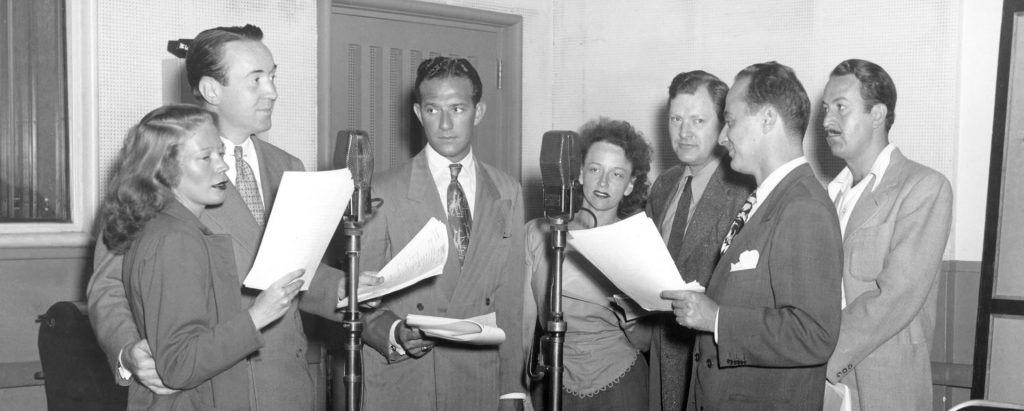
Photo: The cast of Boston Blackie, recording at Mutual studios in New York, ca. 1946. From L-R: Lesley Woods, Dick Kollmar, Mandel Kramer, Hester Sondergaard, Ted Osborn, Maurice Tarplin and Roger De Koven
LEND ME YOUR EARS | THIS MONTH’S SONG: WITH A LITTLE HELP FROM MY FRIENDS, THE BEATLES
by Lisa Wolf
“This was written out at John’s house in Weybridge for Ringo; we always liked to do one for him and it had to be not too much like our style. I think that was probably the best of the songs we wrote for Ringo actually…” ~Paul McCartney
“With a Little Help from My Friends” is a song by The Beatles, written by John Lennon and Paul McCartney, from the album Sgt. Pepper’s Lonely Hearts Club Band and released worldwide in 1967. The song was written for and sung by the Beatles’ drummer Ringo Starr as the character “Billy Shears“. With a Little Help from My Friends was ranked No. 311 on Rolling Stone’s list of the 500 Greatest Songs of All Time. I was born in the 60’s, and I realized at a very young age that The Beatles were one of the most iconic bands in the history of music.
There is no single reason why The Beatles became so popular, but they took over the music industry and their success made them the influential band they are today. John Lennon played rhythm guitar and performed vocals; Paul McCartney played Bass and vocals; Ringo Starr played drums and vocals and George Harrison, who was the lead guitarist, also performed vocals.
The Beatles not only influenced the music industry, but they also influenced the social and cultural revolution in the 1960’s.
Vince’s Verbiage
by Carl’s Crabby Brother Vince
Growing up in Chicago in the 1950’s and 60’s a ballplayer by the name of Ernie Banks took the city by storm. One of his many baseball accomplishments was winning back to back National League MVP awards. Truly a historic feat. Ernie is the reason I have been a Cubs fan my whole life. Having gone to Wrigley Field countless times over the years is another reason I love the Cubs so much. It is the most beautiful ballpark in existence. Even though it is the 2nd oldest (over 100 years old) park in major league baseball, upgrades and renovations have helped make Wrigley the greatest place to watch a game. Sadly, most of my life the Cubs were not too good. In fact, some seasons to be honest were downright miserable. I remember 2 years in the 1960’s that their record was 59 wins & 103 losses! So, after following my favorite team for parts of 70 decades I was starting to believe the Cubs would never win a championship. I thought in the late 60’s and early 70’s especially 1969 was their best chance to win that elusive World Series title, but alas they folded down the stretch like a cheap lawn chair. Fast forward to 2010. Ownership hired Theo Epstein to run the franchise and hopefully end their long championship drought. The first few seasons under Mr. Epstein were a lot like many of the past seasons, more losses than wins. But then after many trades and draft picks the Cubbies started looking pretty good in 2015. They made the playoffs that year but fell just a little short. Now about that magical 2016 season. After 108 years of somebody else hoisting the championship trophy, it was the Cubs turn. There is no doubt they had the best team in the majors that year and they didn’t let their fans down. They won the World Series on a gorgeous night in Cleveland in November. And to top it off for me, they won it on my 65th birthday. A birthday gift I will never forget.

Observations on the Obscure: Peter Quill – The Crimson Wizard
by Karl Schadow
Before Chris Pratt thrilled theater audiences in Marvel’s Guardians of the Galaxy action series as Peter Quill, there was a scientist bearing that same moniker whose pre World War II exploits captivated radio listeners. This fictional experimenter was created by Chicago Tribune managing editor Robert Lee and W-G-N program director Blair Walliser. In one the newspapers greatest promotions of 1938, the exploits of Peter Quill would be transmitted “live” via the Mutual network on Friday evenings and then be “permanently recorded” in the Color Graphic Section of the following Sunday edition. The red-haired Peter Quill’s invention of invisible lightning had earned him the title, The Crimson Wizard.
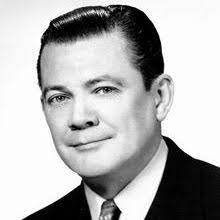
Hugh Studebaker
The first cycle of adventures which featured Hugh Studebaker as the lead commenced as a sustaining venture September 30th at 8 pm, Central. It spanned a period of twelve weeks in which Quill fought a Communist spy ring, The Red Circle. He and members of the Secret Bureau fought their dreaded adversary to recover stolen battleship plans. The final showdown occurred on December 16, 1938 in the Mediterranean Sea with a terrific explosion aboard an unidentified ship. Would this be the end of The Crimson Wizard?
No indeed, as Peter Quill returned to W-G-N on Friday, February 24, 1939. During this season, Quill innovations included thermion, a silent anesthetic pellet gun, electromagnetic force gun and a delayed-action explosive. These gadgets proved invaluable in his continued hunt of The Red Circle which took him Coast-to-Coast and to islands off the Atlantic Seaboard. It was in Havana that Quill acquired the assistance of the romantic team of Gail Carson (Alice Hill) and Captain Roger Dorn (Ken Griffin), both members of the Secret Bureau. The 1939 escapades of Peter Quill ended on July 7th accumulating twenty episodes. The cross chronicling of these exploits was continued throughout this term in the Graphic Section of the Chicago Sunday Tribune.
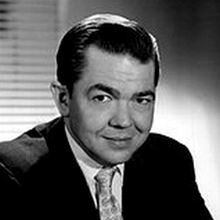
Marvin Miller
After a year-long absence from the airwaves, at 3:00 pm Central time, on Sunday, October 6, 1940 Peter Quill was resurrected for a third season. Marvin Mueller replaced Hugh Studebaker as the headliner with Alice Hill and Ken Griffin retaining their previous roles. Once again, Quill was determined to destroy The Red Circle having developed a stethometer, electric bullet and cerebroscope. His travels took him to the far reaches of the African jungles where his adversaries were not only spies but also black panthers.
In contrast to the first two seasons, there was no chronicling of the weekly dramas in the Chicago Sunday Tribune. Moreover, there was no promotion of the newly-acquired sponsor, Paul H. Beich Company in the newspaper. This firm, based in Bloomington, Illinois bankrolled the program on a limited number of Midwest Mutual stations promoting its WHIZ and Pecan Pete brands of candy. Premiums offered included a bottle of invisible ink but that disappeared permanently after a couple of weeks to be replaced by a fountain pen and then later a pocket-knife. There were also jingle contests as announced by Pierre Andre which offered free boxes of candy.
While the commercials were often jovial, elements of humor were also inserted in the scripts. On the occasion that zombies were being pursued by Quill and his associates, he remarked: “… it appears that dead men not only tell no tales, but also leave no trails …” There was plenty of “blood ‘n’ thunder” throughout the program as people were killed in bombed buildings, exploding tunnels and in various plane and car crashes. Additionally, there were countless shootings, stabbings and poisonings. Individuals were forced to jump out windows or subjected to microbes run amok. Not only were adults tortured by various means, but also a child who was rescued after being handcuffed and chained.
The sounds of these events as well as the ingenious devices created by Peter Quill were performed by Russell Raycroft and other members of the W-G-N sound effects staff. Other than through the use of a musical sounding board, echo chambers and filters, all else has remained a secret. Blair Walliser had much fun with publicity releases which taunted readers as to the manner in which the unique sounds were delineated. Moreover, a screen was set up on stage which prevented the W-G-N studio audience from gaining a glimpse of the frantic activities. The music for the program was provided by the W-G-N Concert Orchestra under the direction of Henry Weber. The final episode was broadcast March 30, 1941.
Though the first two seasons of Peter Quill were documented in the Chicago Sunday Tribune and scripts for third season are available to researchers, there is no extant audio of any episode. Thus this author challenges his fellow OTR fans to be on the look out for such recordings. His email is khschadow@gmail.com
Hollywood 360 Schedule
5/1/21
Crime and Peter Chambers 4/13/54 Charles Avon, Druggist
Abbott & Costello 2/10/49 Nephew Who Gambled Away His Mother
Box Thirteen 10/31/48 Suicide or Murder
My Favorite Husband 11/25/50 Liz’s Birthday
Murder at Midnight 5-16-47 The Creeper
5/8/21
The Man Called X 9/30/44 Indian Quinine Contract
The Charlie McCarthy Show 5/9/43 Mother’s Day Show w/ Victor Moore and William Gaxton
The Screen Director’s Playhouse 1/9/49 Stagecoach
The Story of Dr. Kildare 4/12/50 Carolyn Shelley
Command Performance 5/13/42 w/ Jack Benny, Marlene Dietrich
5/15/21
The Whistler 5/19/48 Murder on Margin
The Life of Riley 1/14/49 Riley gets a job in Arabia
Gunsmoke 1-31-53 Cavalcade
Fibber McGee & Molly 10/12/48 Giving Up Smoking
Dr. Christian 12-12-37 The Mother in Law
5/22/21
Casey, Crime Photographer 9/5/46 The Handkerchief
The Aldrich Family 10/21/48 Babysitting or movies
The Black Museum 1950s A Lady’s Shoe
Wild Bill Hickok 5/7/52 The Black Canyon Gang
The Screen Guild Players 8/23/43 Skylark
5/29/21
The Fred Allen Show 10/1/42 w/ guest, Orson Welles
Boston Blackie 9/10/46 The Backstage Murder
Suspense 4/4/46 Post Mortem
The Damon Runyon Theatre 6/12/49 Broadway Complex
Father Knows Best 2/8/51 What Was His Name?

